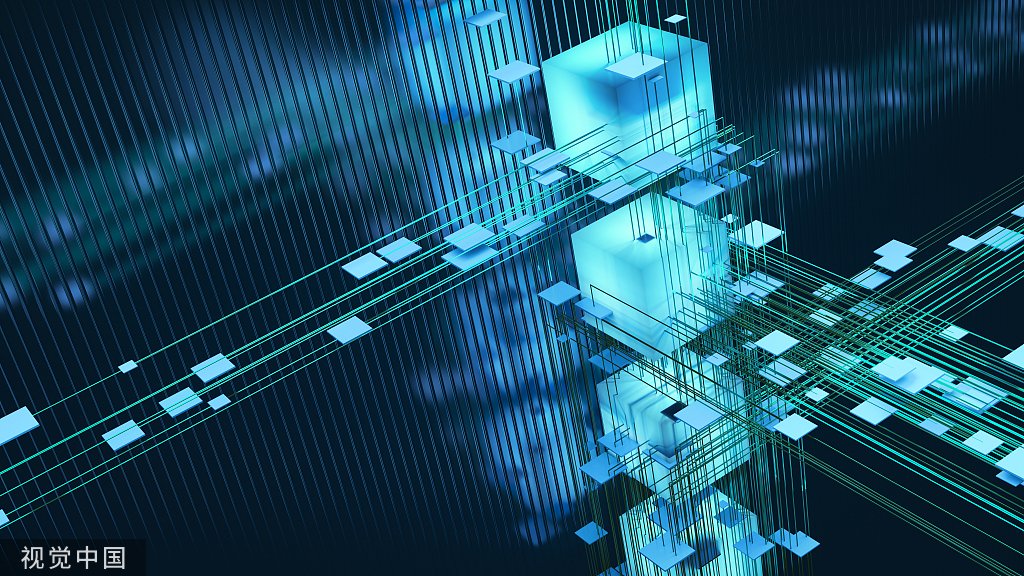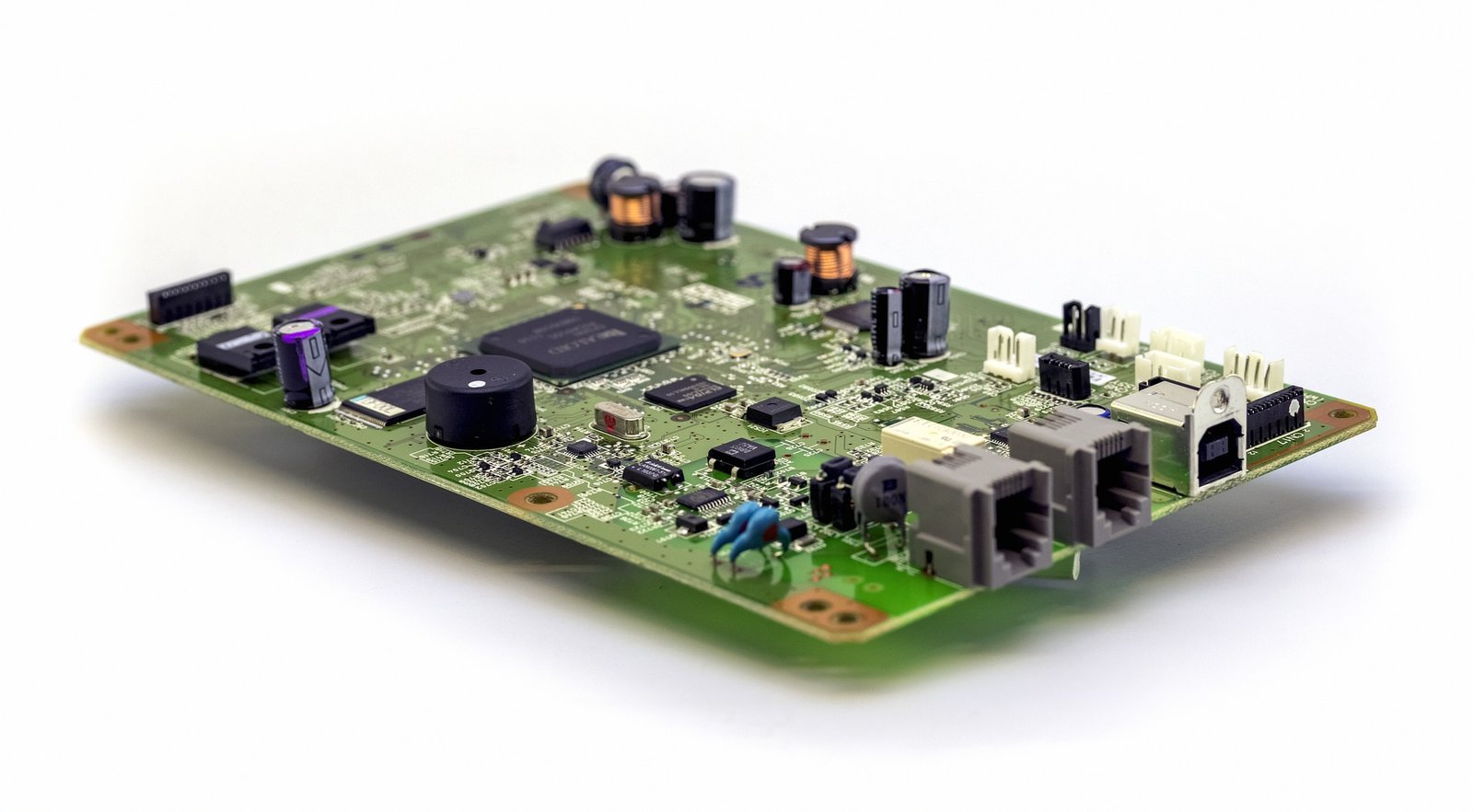Maintaining the performance and longevity of your keyboard involves proper care of its internal components, including the keyboard PCB (Printed Circuit Board). Regular cleaning is essential, as dust, debris, and spills can lead to malfunctions or reduced responsiveness. Below is a comprehensive guide on how to clean your keyboard PCB effectively.
1. Preparation: Gather the Necessary Tools
Before starting, ensure you have the right tools. You will need:
· A small Phillips-head screwdriver
· Compressed air canister
· Isopropyl alcohol (at least 90% concentration)
· A soft, lint-free cloth or microfiber cloth
· A soft-bristle brush (like a toothbrush)
· Tweezers
· Anti-static wrist strap (optional but recommended)
2. Disassemble the Keyboard
To access the keyboard PCB, you will need to disassemble the keyboard:
1. Power Down: If the keyboard is attached to a power source, ensure it is unplugged.
2. Remove Keycaps: Carefully use a keycap puller to remove the keycaps, exposing the switches underneath.
3. Open the Keyboard Case: Use the screwdriver to remove the screws securing the keyboard case. Place the screws in a safe spot to avoid losing them.
4. Separate the PCB from the Case: Gently lift the PCB out of the case, making sure to detach any cables carefully.
3. Initial Cleaning: Removing Dust and Debris
Once the PCB is exposed:
1. Blow Away Loose Particles: Use the compressed air canister to blow away any loose dust or debris. Hold the can upright to avoid spraying any liquid propellant onto the PCB.
2. Brush Delicate Areas: Use the soft-bristle brush to gently clean around the switches and other delicate components. Be careful not to damage any solder joints or small components.
4. Deep Cleaning: Removing Stubborn Dirt and Residue
For a more thorough cleaning:
1. Apply Isopropyl Alcohol: Dampen the lint-free cloth with isopropyl alcohol and gently wipe down the surface of the keyboard PCB. Isopropyl alcohol evaporates quickly and will not leave residue.
2. Detail Work: For hard-to-reach areas or stubborn spots, use a cotton swab dipped in isopropyl alcohol. Be cautious to avoid applying too much pressure, which could damage the PCB or its components.
3. Tweezers for Debris: Use tweezers to carefully remove any debris trapped between components or under switches.
5. Reassemble the Keyboard
After the cleaning process is complete:
1. Ensure the PCB is Dry: Allow the keyboard PCB to air dry completely. Isopropyl alcohol evaporates quickly, but it is essential to ensure no moisture remains.
2. Reattach the PCB: Place the PCB back into the keyboard case and secure it with screws.
3. Reinstall Keycaps: Carefully place each keycap back onto the corresponding switch.
4. Test the Keyboard: Before using the keyboard regularly, plug it in and test all keys to ensure that everything functions correctly.
6. Preventative Measures for Future Maintenance
To minimize the need for frequent cleaning:
1. Use a Dust Cover: When the keyboard is not in use, cover it with a dust cover to prevent debris from settling on the PCB.
2. Regular Maintenance: Periodically clean your keyboard’s exterior and blow out any dust to prevent it from accumulating inside.
Cleaning the keyboard PCB is crucial for maintaining optimal performance and extending the life of your device. By following these steps, you can ensure that your keyboard remains in excellent working condition. Proper care and attention to detail during the cleaning process will also help in avoiding potential damage to sensitive electronic components.
Choosing the Right Wires for Breadboard Wiring: A Comprehensive Guide
Breadboards are a staple in electronic circuit building, offering flexibility and ease of use for both beginners and professionals. However, one of the most critical aspects of working with breadboards is selecting the right wires. The wires you choose can impact not only the functionality of your circuit but also its longevity and ease of…
How to Improve Heat Dissipation in PCB Design
Introduction As modern electronic devices become more complex and power-dense, heat dissipation has emerged as a critical factor that directly impacts device performance and reliability. Excessive junction temperatures in electronic systems can shorten the lifespan of components and lead to system failure. Thus, optimizing the PCB (Printed Circuit Board) design to improve heat dissipation is…
Manufacturing Process of Multilayer PCBs
Multilayer PCB manufacturing methods include the plated-through hole (PTH) and high-density interconnect (HDI) methods, both achieved by combining different processes to realize the circuit board structure. Currently, the most widely used method is the PTH method, which has been developed and refined over more than half a century. The PTH method is mature in terms…


